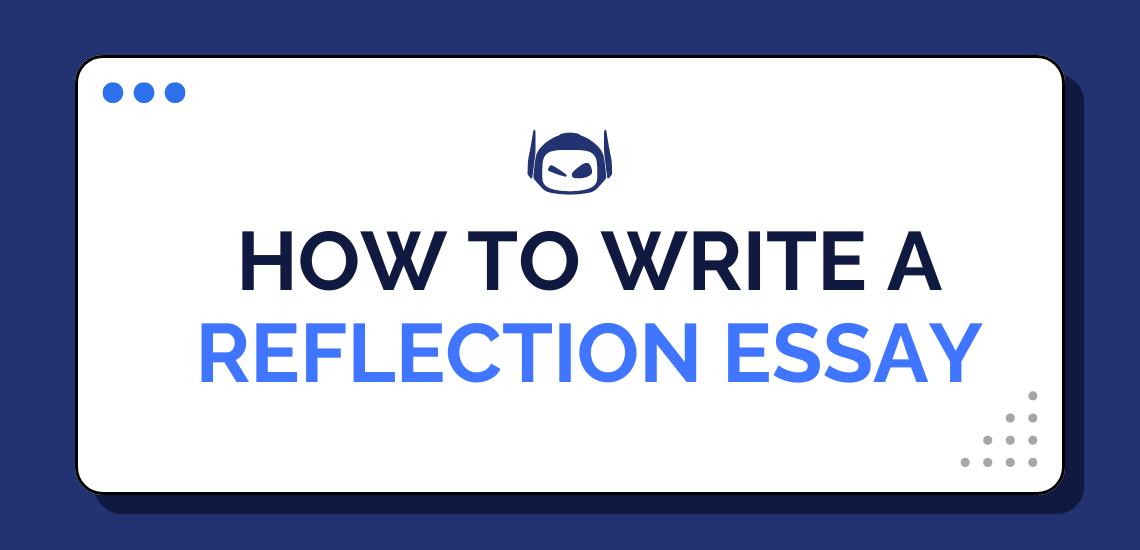
Step-by-Step Instructions for Writing
Do you need to write a reflection essay and don’t...

General Guide About Content and Writing
Do you want to use AI content but are worried...
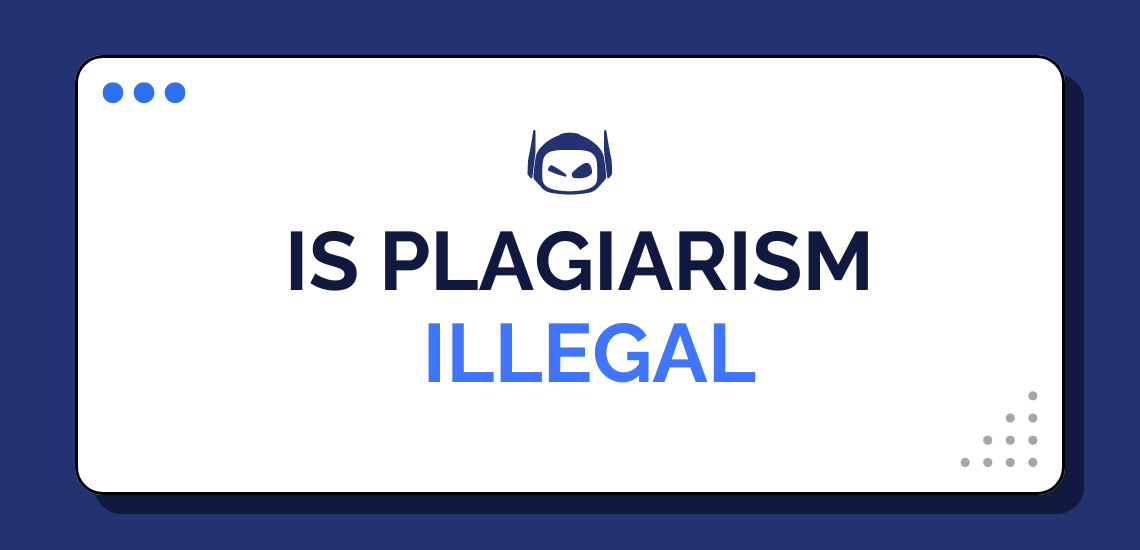
Plagiarism is copying someone else’s work. The phrase is common...
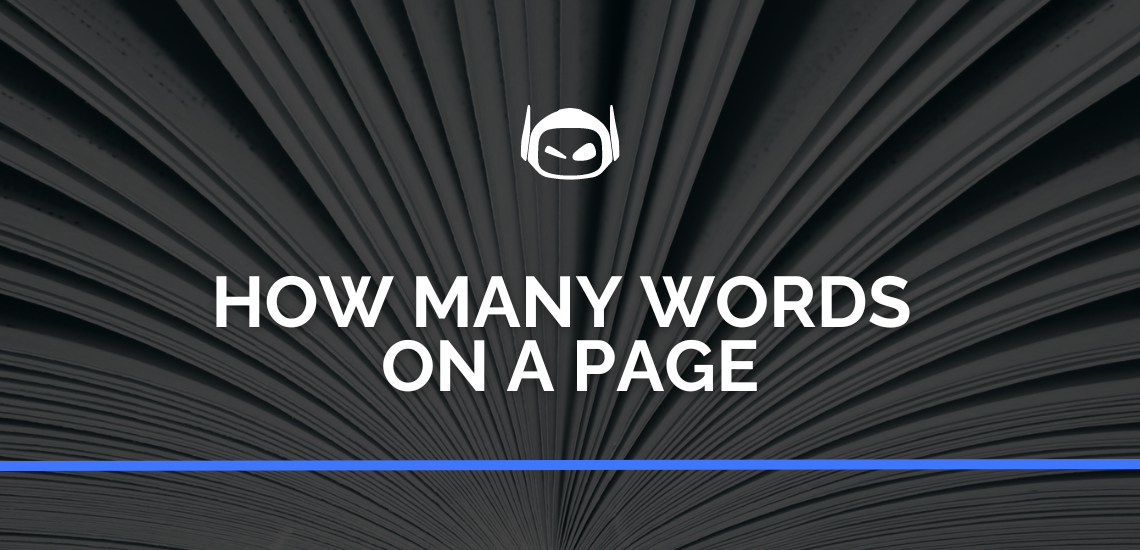
General Guide About Content and Writing
Those who frequently write content for essays, research papers, or...
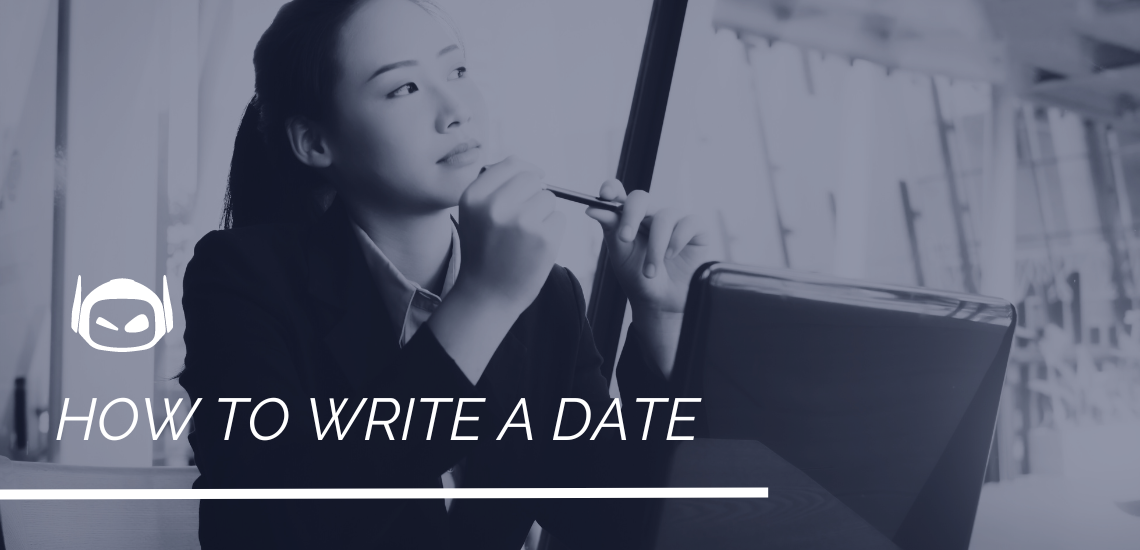
All About Content and Writing, Step-by-Step Instructions for Writing
Writing dates is easy. You know today’s date, so write...
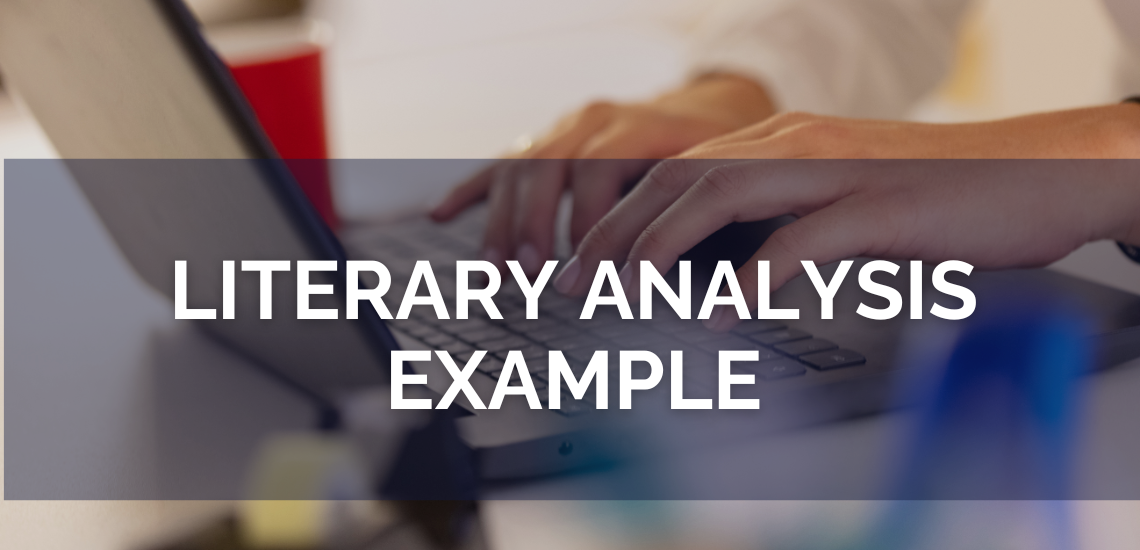
General Guide About Content and Writing, Step-by-Step Instructions for Writing
So, you’ve read the novel. But what did the text...

Are you looking for descriptive essay examples to help you...
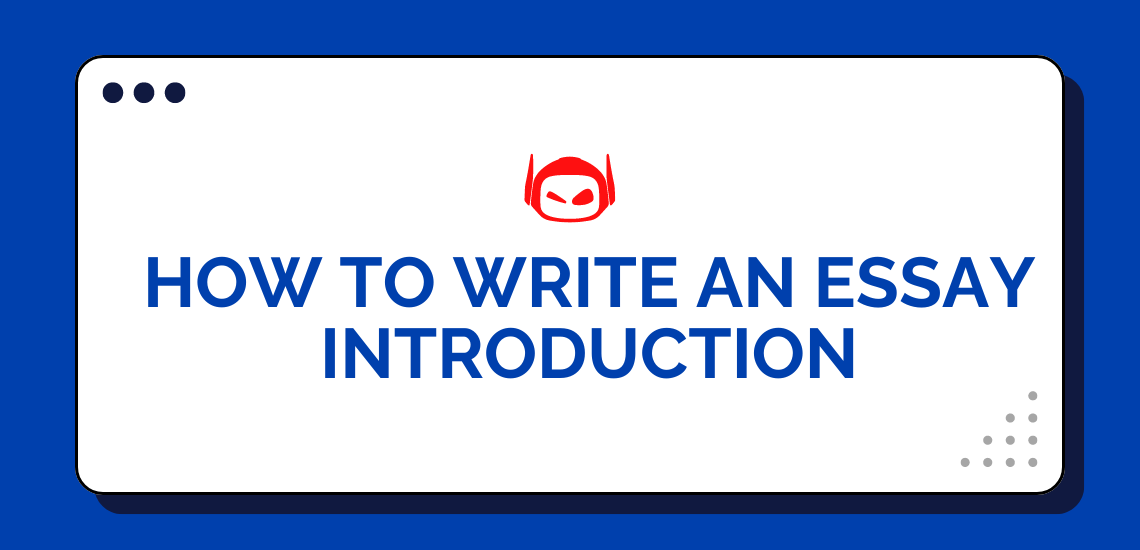
Step-by-Step Instructions for Writing, Student Guide for Writing
Do you want to learn how to write an essay...

General Guide About Content and Writing
Are you an expert in using “affect” and “effect” in...
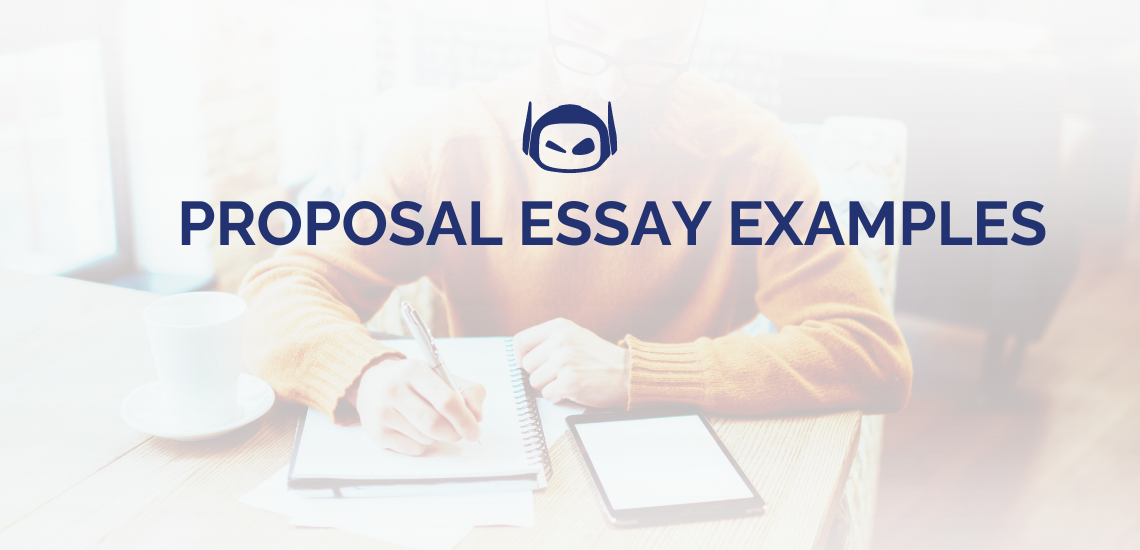
General Guide About Content and Writing, Step-by-Step Instructions for Writing
Are you working on an essay proposal and need help...